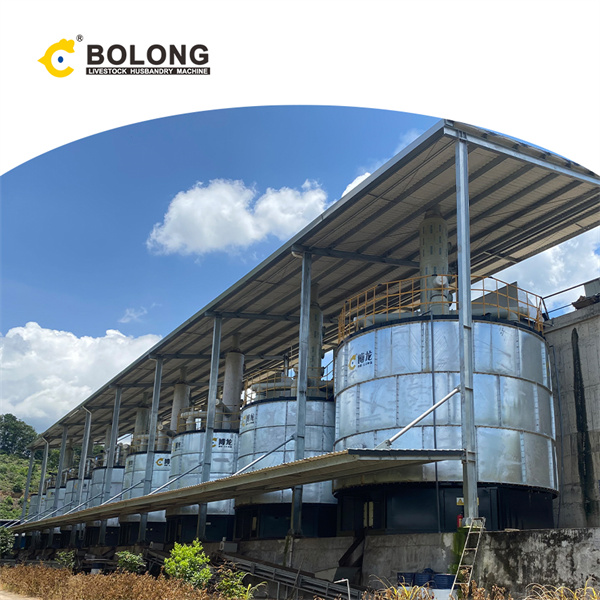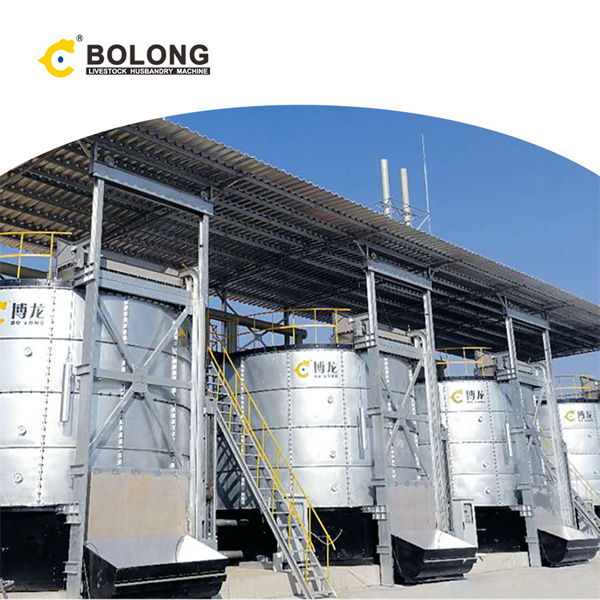Introduction: The design of livestock fermentation tanks has seen numerous innovations aimed at improving efficiency and sustainability. This article explores the latest design innovations in livestock fermentation tanks and their benefits.

Aeration Systems: One of the key innovations in fermentation tank design is the development of advanced aeration systems. These systems ensure that oxygen is evenly distributed throughout the tank, promoting efficient microbial activity and faster manure decomposition.
Temperature Control: Maintaining optimal temperature is crucial for effective fermentation. Modern tanks feature automated temperature control systems that adjust conditions in real-time, ensuring consistent fermentation and high-quality compost production.
Odor and Emission Control: Innovative designs now include advanced odor and emission control systems. These systems capture and neutralize odorous gases, reducing the impact on the surrounding environment and improving air quality.
Case Study: A large poultry farm adopted fermentation tanks with the latest design innovations. The advanced aeration and temperature control systems improved the efficiency of manure processing, while the odor control system minimized environmental impact. The farm achieved better manure management and enhanced sustainability.

Conclusion: Innovations in livestock fermentation tank design are driving improvements in manure management efficiency and sustainability. Advanced aeration, temperature control, and odor control systems are key features that enhance the performance of modern fermentation tanks.